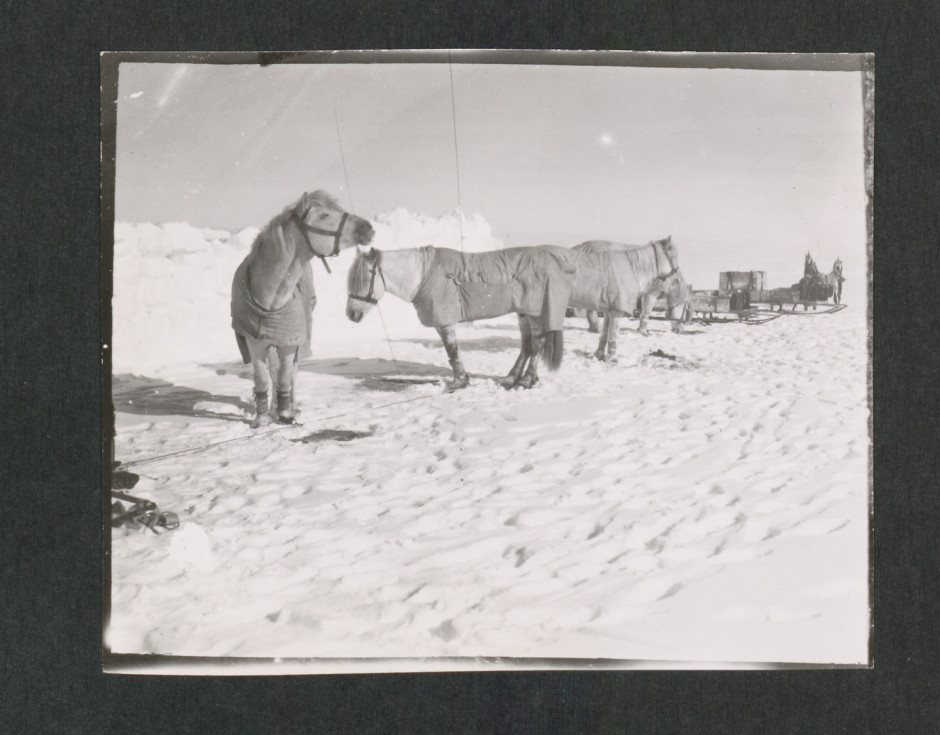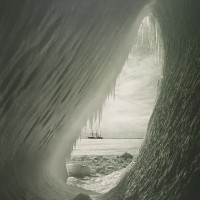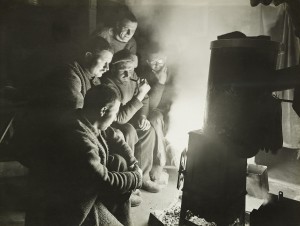When Captain Scott ventured to the Antarctic on his ill-fated polar expedition in 1911, it wasn't just about racing Roald Amundsen to the South Pole. He was accompanied by a strong scientific team, and Herbert Ponting, the official expedition photographer. Ponting's images of the expedition are well-known, but he also tutored Captain Scott in the use of a camera and several other members of the team had cameras, too. The Scott Polar Research Institute in Cambridge, which is a sub-department of the University, holds Herbert Ponting’s glass plate negatives and his presentation album from the same expedition, the prints and albums of all the other expedition members equipped with a camera, and the remaining prints of Scott's photographs in its archives. Together, they form the most comprehensive photographic record of the expedition held anywhere in the world.
What the Institute doesn't hold, however, are 113 'lost' negatives of Scott's images. These negatives record his early attempts at photography under Ponting's direction as well as those he took of the team on the Southern Journey. In order to secure the negatives for the archive, the University needs to raise a total of £275,000 before 25 March 2014, after which point they will be sold at auction.

The university has already succeeded in raising £75,000, and is asking for donations to reach its £275,000 goal. Explorer Sir Ranulf Fiennes explains why the negatives are regarded as important for the archive: 'The negatives of Scott’s lost photographs are of major significance to the national heritage. Scott’s attainment of the South Pole and his subsequent death captured the public imagination on its discovery in 1913 and continues to exercise an extraordinary fascination. The negatives are a key component of the expedition’s material legacy as an object and as a collection in themselves.'
He speaks at greater length in this video:
Anyone able to make a donation can do so here.







